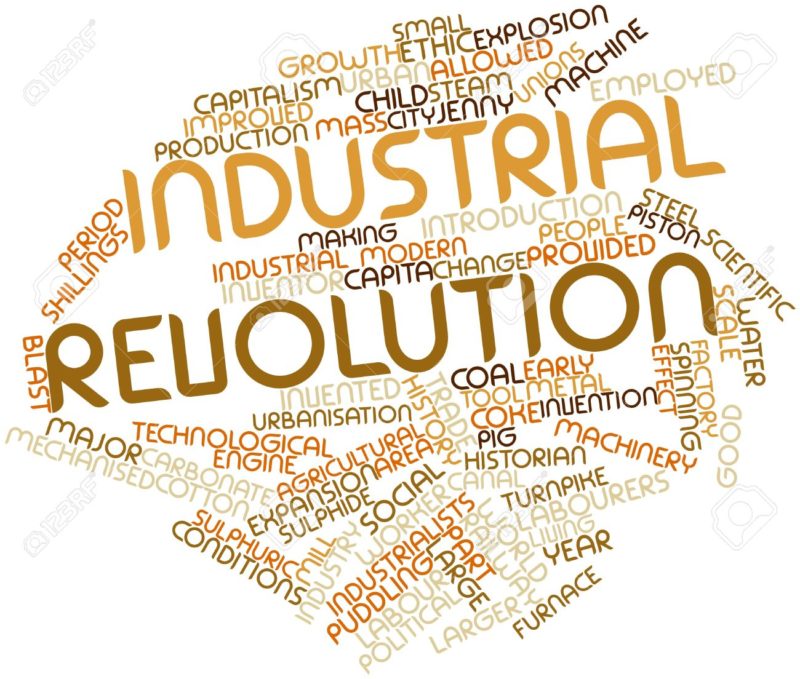by Nancy Van Elsacker
Much has been written about the Internet of Things (IoT) and all the related transformations that are predicted to occur. Most of this discussion, however, has been focused from either a hardware or software perspective. With the current Fourth Industrial Revolution — characterized by a fusion of technologies that is blurring the lines between the physical, digital and biological spheres – now underway, it seems like this is a topic that many are beginning to speak about, but few seem to know what should be done to best prepare.
The IoT is starting to spread, throughout entire organizations as its scope is widening. Where quite recently almost nobody was talking about IoT, now we are at a point where the strategy is advancing so suddenly and so rapidly that we cannot even begin to speculate about the potential uses. The uses for IoT are virtually endless, as we are beginning and as we are seeing.
Knowing this, we must begin educating employees and members of organizations on the current possibilities of the IoT. We must also start using technologies that can add value to organizations and are relatively easy to implement, a matter in which we can use to lay out a foundation for the more advanced IoT technological developments that are ahead of us.
In manufacturing, some use cases to start with are, for example, the automating and optimizing of lighting, HVAC and other aspects of the physical office or plant. Another example is using IoT to get information from manufacturing equipment throughout the entire lifecycle. Both paint a clear path for increased efficiency, from a clear cost reduction because of “smarter” usage of the power resources to an improved and more pro-active maintenance approach on the equipment.
A pitfall with the IoT lies in the power of its data capture possibilities. “Don’t collect data if you cannot use it” is a key instruction to keep in mind at all times.
Is there a particular part of manufacturing operations that might be more impacted than others by IoT? Digital transformation is now underway, but who will feel the greatest pain first? The organization’s supporting departments, such as IT and facilities management, will feel a lot of the impact as their way of supporting, monitoring and registering the involved assets will change dramatically. A good asset management process will be more important than ever.
Think about it: all of a sudden objects that in the past simply did one thing – like keep food refrigerated — are getting “smart” that can now report their status, they contain smart sensors, and are connected to the Internet in a way that they can even be controlled and monitored remotely. Where we were used to register these assets as “dumb” objects in a database, we now want to register more information and also make sure we can monitor them even more, if only for security reasons.
The challenge lies in how to know what assets are involved, and in keeping track of them.
For IT equipment there are a lot of monitoring and scanning tools out there. The challenge now is to be able to have likewise functionalities for IoT-enabled assets. And that is quite the challenge as currently different protocols are being used for connecting assets (Wi-Fi, Bluetooth, RFID, cellular …).
There are success stories that can be pointed to that provide ROI or performance improvement. For example, a properly fleshed out asset management process leads to clear ROI and to performance improvement. Tracking incidents and preventive maintenance tasks, about all assets, has helped a great deal of TOPdesk’s clients to gain a more proactive approach.
One example that I have direct experience with is a client that registered all of its production equipment of its multiple-production lines into our software’s asset management module, including maintenance schedules. Also, all defects were being registered. By doing this, the client actually discovered a trend of incidents reoccurring after certain maintenance activities, giving them the opportunity to prevent those in the future. Needless to say, that has led to more uptime of the production line, which, in turn, has meant higher overall performance for the organization.
By using the IoT smartly and integrating the philosophy with a service management tool there is a great deal to gain. When an asset can tell whether or not it is malfunctioning before the user or organization actually finds out, the organization not only saves a great deal of time, but also increases the overall customer experience.
Nancy Van Elsacker is president of TOPdesk US, a division of the global provider of IT service management solutions and services.




